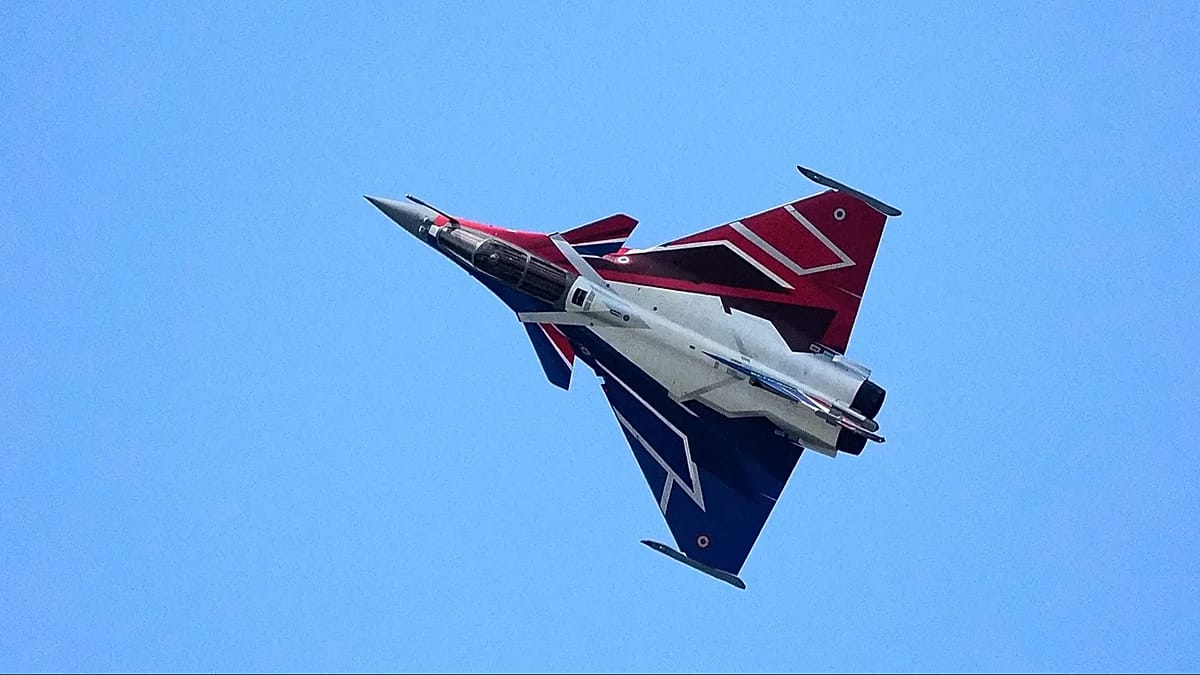The Future Combat Air System (FCAS), a joint defence project between Germany, France and Spain, is expected to be on the agenda as Germany’s Defence Minister Boris Pistorius visits Paris for talks with his French counterpart, Catherine Vautrin.
FCAS aims to redefine “air combat of the future” and at the same time maintain independence from non-European partners.
The idea, launched in 2017 and costing at least €100 billion, aims to strengthen European defence and will include a sixth-generation fighter aircraft supported by interconnected drones within a combat cloud.
But uncertainty is hanging over the project over ownsership disputes.
In September, Reuters reported that the German Defence Ministry had accused French fighter jet manufacturer Dassault of blocking the project after its CEO, Eric Trappier, called for greater decision making powers in the project’s next phase.
Jacob Ross, a researcher at the German Council on Foreign Relations (DGAP), told Euronews that despite Dassault’s wishes, other parts of the project are inextricably linked to Germany’s Airbus and Spain’s Indra, the two other companies involved in the process.
France-Germany friendship at risk?
The Next Generation Weapon System (NGWS) is likely to be front and centre of talks between to the two defence ministers.
It’s a fighter jet, which can be manned or unmanned, and is supported by drones, called remote carriers.
All elements will be networked via a digital Air Combat Cloud, which enables the rapid exchange of sensor data and the creation of joint situation reports.
FCAS should make future military operations more effective and resilient thanks to its high stealth properties. This means that the combat aircraft will be difficult to detect by radar, infrared, acoustic or visual sensors. In addition, the system should be capable of electronic warfare and be able to deploy precise, long-range weapons.
Overall, it is a networked “system of systems” that goes beyond the capabilities of today’s fighter jets such as the Eurofighter and the Rafale and is intended to secure long-term European air sovereignty.
The development costs of the project have been estimated at between €80-100 billion.
However, the project is currently at a standstill due to disputes between the defence companies involved, Dassault (France) and Airbus (Germany/Spain), over suppliers, design and division of labour.
Dassault is insisting on the leading role in the fighter jet, while Germany is considering alternative partners or a national approach.
France has proposed redesigning the division of labour model to give Dassault a stronger “industrial leadership role.” However, the second phase of FCAS, in which a test aircraft was to be created, has not yet started due to delays, although the official plans envisage a test as early as 2027.
But a decision may not be made by Pistorius and Vautrin in Paris. According to reports, German Chancellor Friedrich Merz and French President Emmanuel Macron will discuss the FCAS project in Berlin on Tuesday.
A final solution is expected to be found by the end of the year. Nevertheless, both countries are apparently considering ending or reorganising the joint multi-billion euro fighter jet project and want to focus on the “Combat Cloud” instead.
The “Combat Cloud” is already part of FCAS and is intended to network future aircraft, drones and command centres.
Spain, on the other hand, continues to be committed to FCAS and is investing in the technology.
A national solution?
Berlin already has a successor to FCAS, namely the Combat Fighter System Nucleus (CFSN).
Here, too, the focus is on building a “Combat Cloud” and developing a series of unmanned European combat aircraft. The “Combat Cloud” connects all aircraft and drones and ensures that they can work together and with NATO systems.
In the second phase, two drones are to be produced. A four to five-tonne drone for reconnaissance and electronic warfare and a 10-tonne version for air-to-ground and air-to-air missions. The first prototypes will be used for training in 2029 with operational deployment expected later.
It is then planned to integrate existing combat aircraft such as the Eurofighter Typhoon and the F-35A stealth aircraft into the Combat Cloud. The final phase envisages the development of a new combat aircraft, ideally in co-operation with Spain or Sweden.
Paris, on the other hand, is planning to develop a next-generation modern fighter jet based on the Rafale F5.
Dassault Aviation is developing the F5 into a new aircraft, but with improved radar, a new engine and the ability to work with drones.
In France, this is seen as a cost-efficient evolution that also preserves the country’s industrial sovereignty and foreign partners are largely excluded from the project.

